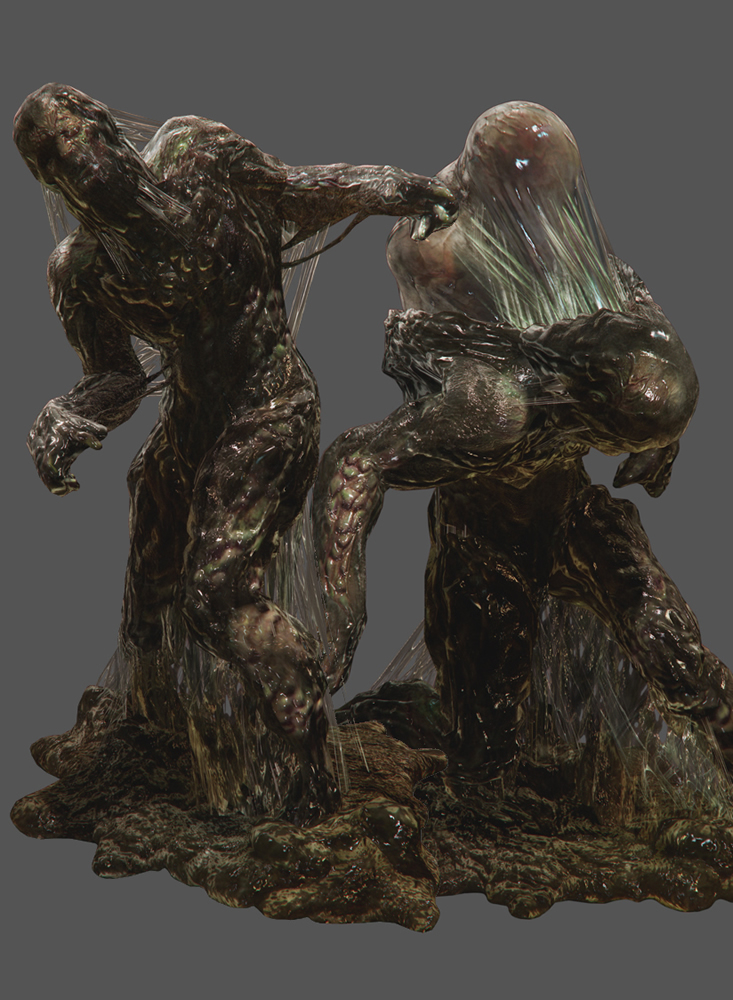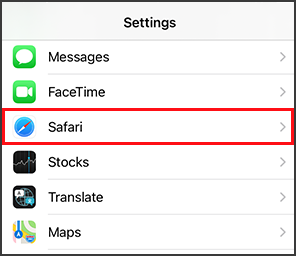Extra Files
- C-Virus
- Digital Archives
- Extra Files
- Extra
- Top
The C-Virus vaccine known as Anti-C was developed using the antibodies found in Jake Muller, who inherited a number of viral-resistant characteristics from his father Albert Wesker and so was unaffected by C-Virus administration. The U.S. government used Jake's blood to manufacture Anti-C, thereby containing the potentially disastrous effects of the outbreak. Administering the vaccine before infection will immunize against the C-Virus, and even those already infected have a chance of survival if the vaccine is administered before J'avo mutation is complete. The vaccine can also immediately neutralize J'avo, chrysalides, and complete mutations. Given the C-Virus's mutagenic properties, however, there is a high chance of the virus itself mutating, and it is only a matter of time before an Anti-C resistant strain evolves.
ABOUT
RESIDENT EVIL.NET
Expand your Resident Evil playing experience,
and get even more enjoyment out of the RE franchise,
through the various content offered in this free web service!
A Must for RE Fans!
Resident Evil.Net Exclusive Content
Enjoy Game-Related Content!
Link your CAPCOM ID and game accounts to easily check your current game info!
Compete With Players Worldwide!
Challenge players worldwide in
online events, rankings, and challenges!
Check Out Global Play Stats!
View other player's play progress worldwide in Global Stats!
Check out this fun and intriguing play data!
Close
ABOUT
RESIDENT EVIL.NET
Expand your Resident Evil playing experience,
and get even more enjoyment out of the RE franchise,
through the various content offered in this free web service!
A Must for RE Fans!
Resident Evil.Net
Exclusive Content
Enjoy Game-Related Content!
Link your CAPCOM ID and game accounts to easily check your current game info!
Compete With Players Worldwide!
Challenge players worldwide in
online events, rankings, and challenges!
Check Out Global Play Stats!
View other player's play progress worldwide in Global Stats!
Check out this fun and intriguing play data!
Close






